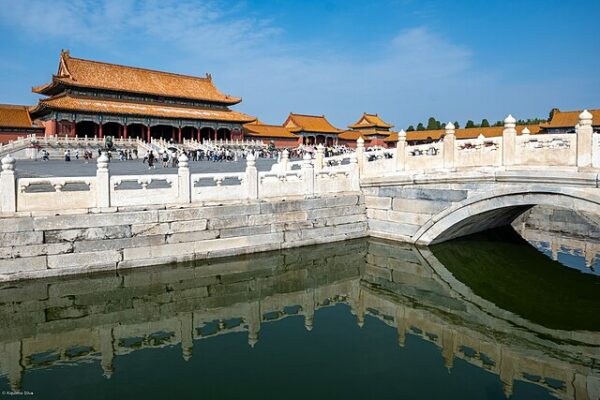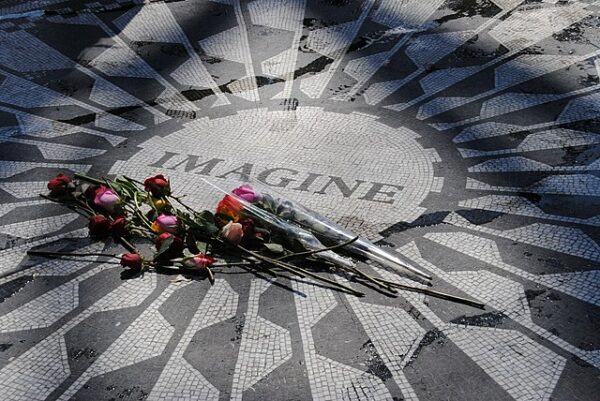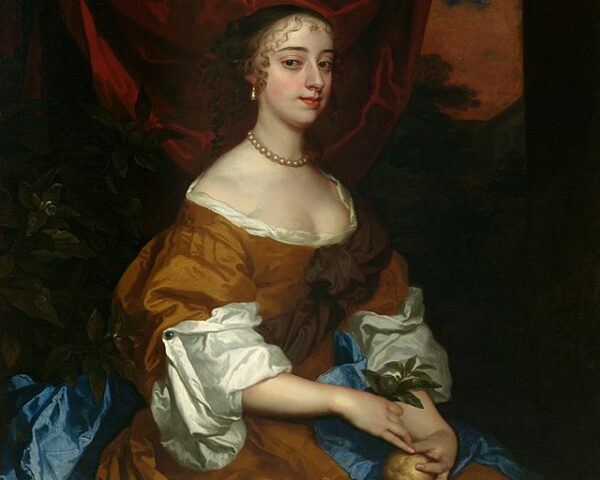On October 28, 1420, Beijing—then known as Beiping—was officially designated the capital of the Ming dynasty. The occasion marked the completion of the Forbidden City, a monumental architectural and political project that embodied the grandeur, order, and cosmic symbolism of imperial rule. With this act, Emperor Yongle (r. 1402–1424) transformed China’s northern frontier city into the heart of the empire, inaugurating a new era of centralized authority, architectural splendor, and ritual governance that would endure for five centuries.
The decision to relocate the Ming capital from Nanjing to Beijing was not merely geographic or administrative—it was profoundly ideological. When Zhu Di, the Prince of Yan, seized the throne after a brutal civil conflict known as the Jingnan Rebellion, he sought to legitimize his rule by recasting himself as the restorer of cosmic order. Beijing, situated closer to the Mongol steppes where the dynasty’s northern threats persisted, also held personal and strategic significance: it had been Zhu Di’s princely fiefdom, his military base during the rebellion, and a forward bulwark against nomadic incursions. By making it the imperial capital, he inscribed his own ascent into the geography of the state.
Construction of the Forbidden City began in 1406, employing hundreds of thousands of laborers, artisans, and conscripted peasants. Materials were drawn from across the empire: marble from Fangshan, timber from Sichuan and Yunnan, and bricks fired in kilns that operated day and night. The logistical effort alone was staggering—records from the Veritable Records of the Ming describe the transport of entire logs by river and canal, with the Grand Canal itself expanded to sustain the supply lines. The resulting complex, completed fourteen years later, was a symphony of geometry and symbolism—a physical manifestation of Confucian and cosmological ideals in which every courtyard, gate, and hall represented the emperor’s ordained place at the center of the universe.
The Forbidden City, known in Chinese as Zijin Cheng (紫禁城, “Purple Forbidden City”), covered roughly 180 acres and contained nearly 1,000 buildings. The color purple referenced the North Star, the celestial seat of the Heavenly Emperor, while “forbidden” signified the exclusion of commoners and the sanctity of imperial space. The layout adhered to strict axial symmetry: its central line extended from the Meridian Gate in the south through the Hall of Supreme Harmony—where major state ceremonies were held—to the Imperial Garden in the north. Within these walled precincts, ritual and administration intertwined; the emperor’s movements, ceremonies, and even the placement of his throne all expressed the Confucian principle of zhongyong—the doctrine of the mean and harmony between Heaven and Earth.
The formal declaration of Beijing as capital in 1420 was not without tragedy. That same year, lightning struck the Hall of Supreme Harmony, burning it to the ground—a catastrophe that many took as an ominous sign. Emperor Yongle, however, persisted. He completed the transfer of the court, established the Six Ministries and the Censorate in their new quarters, and proclaimed Beijing the “Northern Capital,” in contrast to Nanjing (“Southern Capital”), which remained an auxiliary seat of government. By concentrating imperial power in Beijing, Yongle cemented his legacy as the dynasty’s great builder and centralizer.
Under the Yongle Emperor, Beijing also became a hub of global projection. The same ruler who commissioned the Forbidden City also sent Zheng He on his maritime expeditions, compiled the Yongle Encyclopedia, and reconstructed the Great Wall’s northern defenses. Together, these projects announced a rejuvenated Ming state—both inwardly secure and outwardly resplendent. The capital became the stage upon which the “Son of Heaven” performed his mediating role between cosmic forces and earthly governance.
In the centuries that followed, the Forbidden City would serve as the seat of twenty-four emperors from the Ming and Qing dynasties, surviving conquest, rebellion, and dynastic transition. Though later emperors altered its furnishings and expanded its grounds, the essential form of Yongle’s vision endured. When the last emperor, Puyi, abdicated in 1912, he did so within those same vermilion walls, bringing to an end the world’s longest continuous imperial tradition.






